
Tempranillo, a robust and versatile red wine that has captured the hearts of wine enthusiasts around the world. This article will explore the essence of Tempranillo wines, starting with a basic understanding of some of their main characteristics. Also, we will delve into the most common aromatic and taste notes you can find in the complex profile of these wines. Tempranillo's significance and versatility have indeed made it a celebrated variety in the wine world, showcasing the diversity and ongoing innovation within the global wine industry.
Additionally, we will provide some tips about the best food pairings that enhance the taste of Tempranillo wines and essential tips for serving and storing these wines to maintain their quality. We will also discuss the most renowned regions that produce high-quality Tempranillo wines, examining how climate influences the characteristics of these wines.
For those looking to purchase a bottle, we’ll also provide tips on choosing the best Tempranillo wine for each occasion. Lastly, we will compare Tempranillo to another popular wine variety, Cabernet Sauvignon, highlighting their similarities and differences to help you understand which aspects make each wine unique.
Join us as we journey through Tempranillo wines' vibrant and enriching world.
Tempranillo, often referred to as Spain’s noble grape, is a red wine varietal celebrated for its rich and complex flavours, versatility, and full-bodied wines is capable of producing. Believed to have originated on the Iberian Peninsula in Spain, this grape has risen to prominence as one of the nation’s most esteemed vinicultural gems.
These wines are produced in the Rioja and Ribera del Duero regions, where they form the foundation of some of the most revered red wines. The aging process in oak barrels distinguishes Tempranillo wines, enhancing their flavour profile and complexity. Aged Tempranillo wines, particularly from regions like Rioja, are renowned for their complexity and the way aging in oak barrels enhances their flavours, making them highly sought after.
This wine is of great relevance to the wine industry, particularly in terms of Tempranillo production, which highlights its global cultivation and significance. Tempranillo is cultivated in notable regions across the world, including Spain, Portugal, France, Australia, and the United States, with Spain as the epicentre of production. The grape’s adaptability and sustainability practices contribute to its widespread popularity. For example, according to a report of the OIV (International Wine Organization), about 570000 acres of Tempranillo grapes are planted worldwide. Of that total, 88% is planted in Spain. Portugal produces 8% of Tempranillo in the world. Tempranillo vines are known for their adaptability to different climates, including varying rainfall conditions, and their specific viticultural aspects, such as pruning regimen, training on wires, and susceptibility to powdery mildew. The terroir influence on Tempranillo grapes is significant, as it shapes the character of the grape, leading to diverse wine styles that reflect the unique qualities of each region.
The sensory profile of Tempranillo wines includes a wide range of flavours and aromas. Common notes include red fruits like cherries and strawberries, black fruits like blackberries, and earthy and spicy undertones like leather, tobacco, vanilla, and clove. These characteristics are complemented by the wine’s deep ruby colour and rich tannins, derived from the grape’s thick skin, which contributes to the robust structure and potential for the aging of Tempranillo.
Tempranillo wines vary significantly depending on their production region and specific winemaking practices. For example, Rioja Tempranillos are known for being balanced and elegant, often showing a blend of fruitiness and oak-derived flavours, while wines from Ribera del Duero are usually more powerful and tannic due to the extreme climate and high altitude of the region.
Globally, Tempranillo has also found a home outside of Spain, adapting well to regions in Portugal, known as Tinta Roriz and Argentina, among others. Each of these regions lends its unique characteristics to the wines.
Tempranillo wines offer a rich sensory experience characterized by their visual, aromatic, and taste profiles. This section delves into each of these aspects, providing a comprehensive understanding of what to expect from a glass of Tempranillo.
Tempranillo wines usually have a colour that ranges from medium ruby to garnet. The wine's appearance can give you a hint about its age and quality: younger Tempranillos tend to have a more vibrant ruby colour, while aged ones may show a garnet tone. Tempranillo wines are usually medium to full-bodied, influenced by the region of origin and winemaking techniques. The wine's body is complemented by a great structure that is not overly heavy, offering a pleasant feeling in the mouth.
The aroma profiles of Tempranillo wines can vary depending on factors such as the region, winemaking techniques, and aging, but generally, they exhibit the following aroma profiles:

Primary Aroma Profile: The primary aromas in Tempranillo wines are derived from the grape itself and are often described as:
Secondary Aroma Profile: The secondary aromas develop during fermentation and are influenced by the yeast strains and fermentation conditions. These aromas can include:
Tertiary Aroma Profile: The tertiary aromas emerge as the wine ages and are derived from the chemical reactions that occur during the aging process, especially when aged in oak barrels. These aromas can include:
Tempranillo wines exhibit a range of flavour notes that evolve as the wines age and develop.

Primary Flavor: The primary flavours in Tempranillo wines are derived directly from the grape itself and are often described as:
Secondary Flavor: The secondary flavours develop during the fermentation and aging processes and are influenced by factors such as yeast strains, oak aging, and winemaking techniques. These flavours can include:
Tertiary Flavor Profile: The tertiary flavours emerge as the wine continues to age and are the result of complex chemical reactions that occur over time. These flavours can include:
It’s important to note that the intensity and prominence of these flavour profiles can vary greatly depending on the specific wine, the region of origin, the winemaking techniques employed, and the aging process. Additionally, the terroir (the unique combination of climate, soil, and other environmental factors) can significantly influence the overall flavour profile of Tempranillo wines from different regions.
As Tempranillo wines age, the primary fruit flavours often give way to more complex secondary and tertiary flavours, resulting in a wine that evolves and develops depth and complexity over time.
Tempranillo, a versatile and robust red wine, pairs well with a great range of dishes from different cuisines, making it a favourite for any occasion:

Tempranillo, a grape deeply rooted in Spain’s viticultural history, is predominantly grown in several key regions of Spain but also in other parts of the world. The profound terroir influence on Tempranillo is evident as each region's unique climate and soil contribute significantly to the distinct characteristics of Tempranillo wines produced there, showcasing its adaptability and the diverse wine styles it can produce. Each region has a climate that shapes the characteristics of Tempranillo wines:

These regions highlight the adaptability of the Tempranillo grape to different climatic conditions, each influencing the grape’s ripening process and the resulting wine’s profile, from elegant and fruity to robust and complex. The profound terroir influence on Tempranillo showcases its global footprint and historical significance, shaping the grape’s profile and leading to a diverse spectrum of wine styles.
Tempranillo wines require proper serving and storage techniques to maximize their quality. Here are some tips to ensure you enjoy your Tempranillo at its best:

Following these tips will help maintain the integrity of your Tempranillo wines, whether you're planning to drink them soon or age them for years to come.
Although Tempranillo and Cabernet Sauvignon share some similarities, they also have some differences that make them unique:
Understanding these similarities and differences can help you choose between Tempranillo and Cabernet Sauvignon based on your preference for certain flavour profiles or the types of meals you plan to pair with the wine.
As we conclude our journey through Tempranillo wines, it's clear that this wine holds a significant place in the wine industry, particularly within its native Spain, as well as in countries such as Portugal, Australia, and the United States. Renowned for its adaptability to diverse climates and regions, Tempranillo has proven itself versatile, contributing to both standalone varietals and complex blends. Its affinity for oak aging allows it to develop rich, nuanced flavours that appeal to a wide range of palates, making it a favourite among wine enthusiasts. The wine's ability to pair well with a variety of foods further enhances its appeal, ensuring its continued popularity and relevance in the global wine market. Whether enjoyed young or aged, Tempranillo continues to be a cornerstone of quality and tradition in the world of wine.

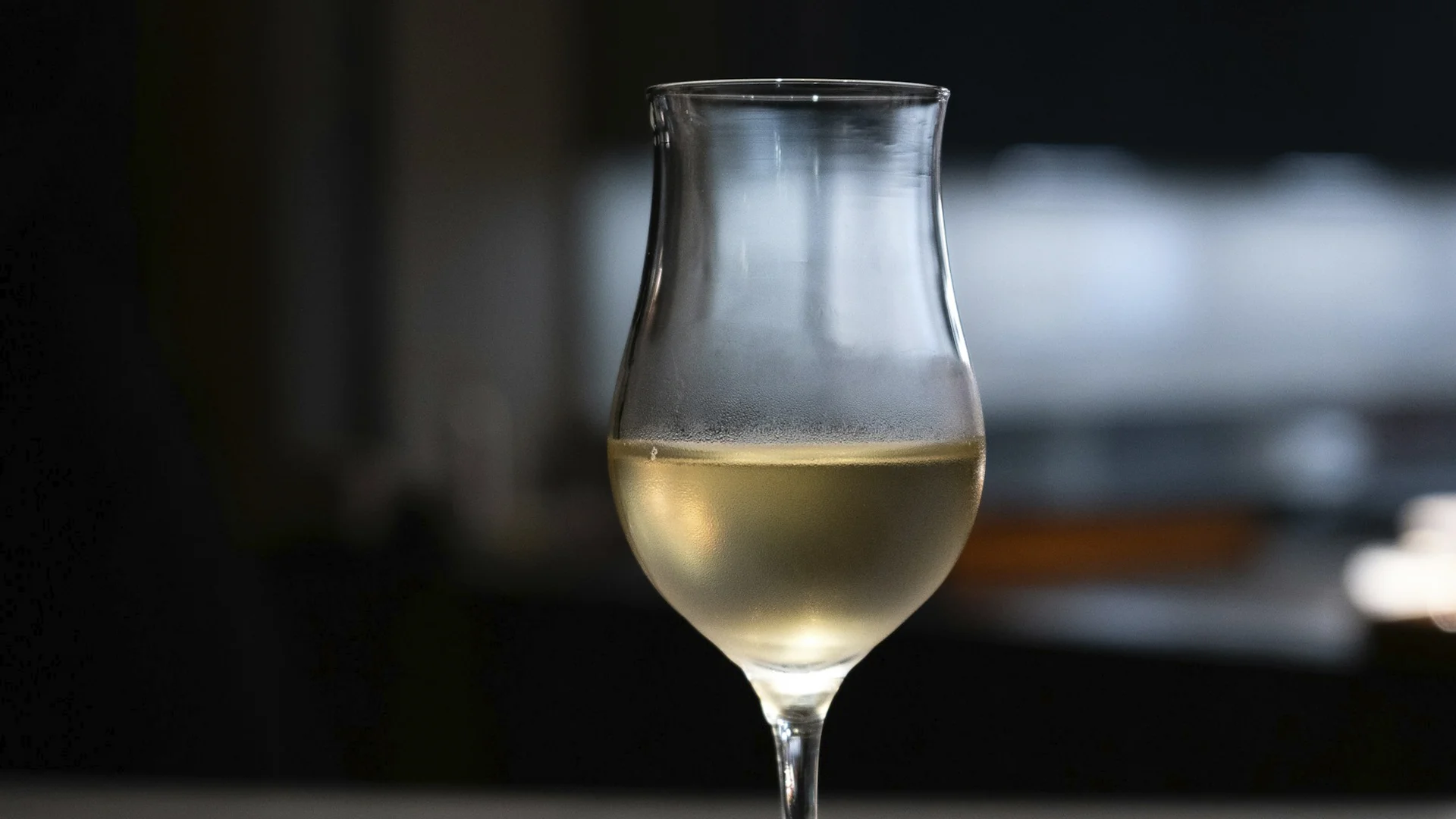





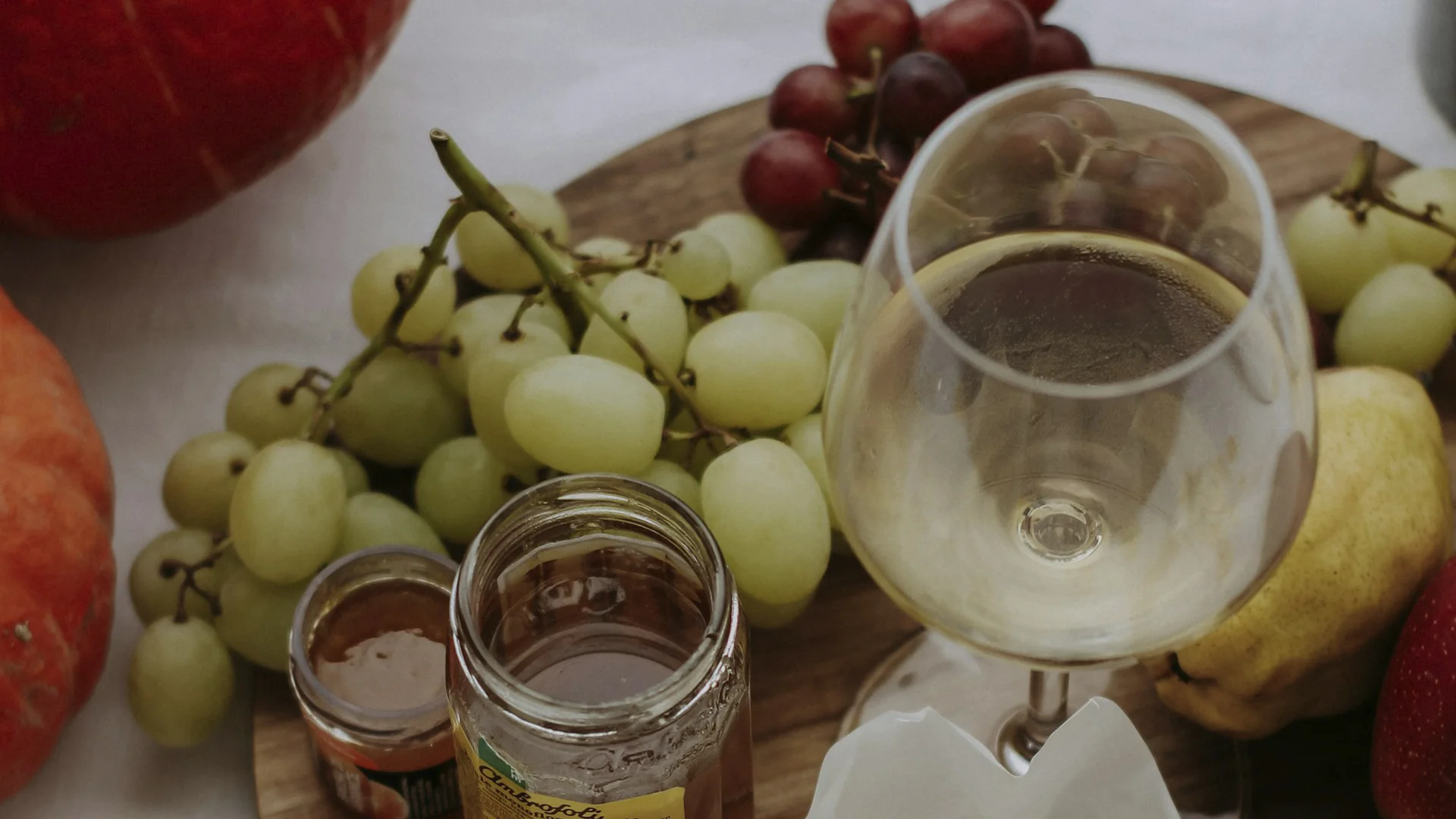



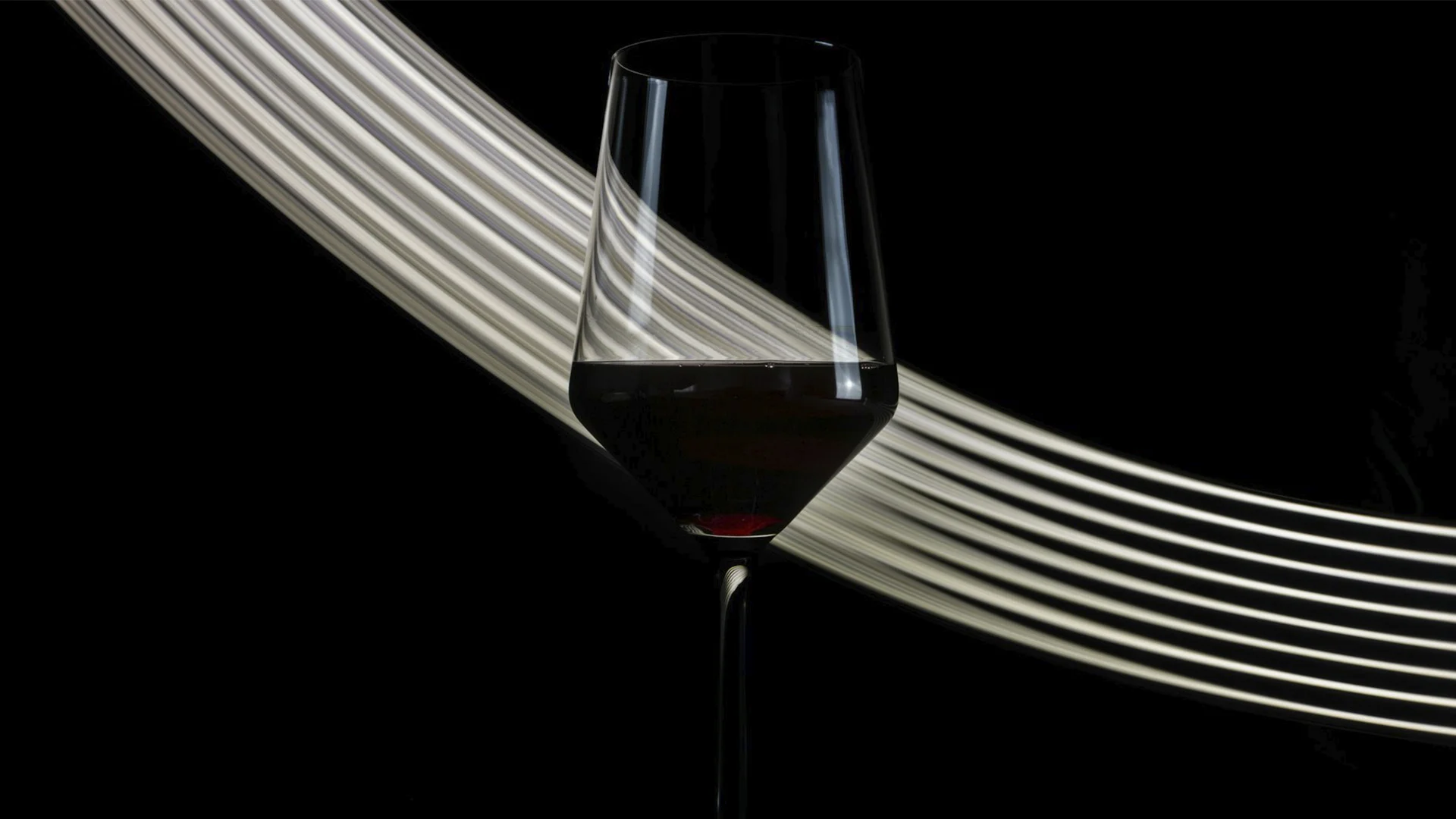








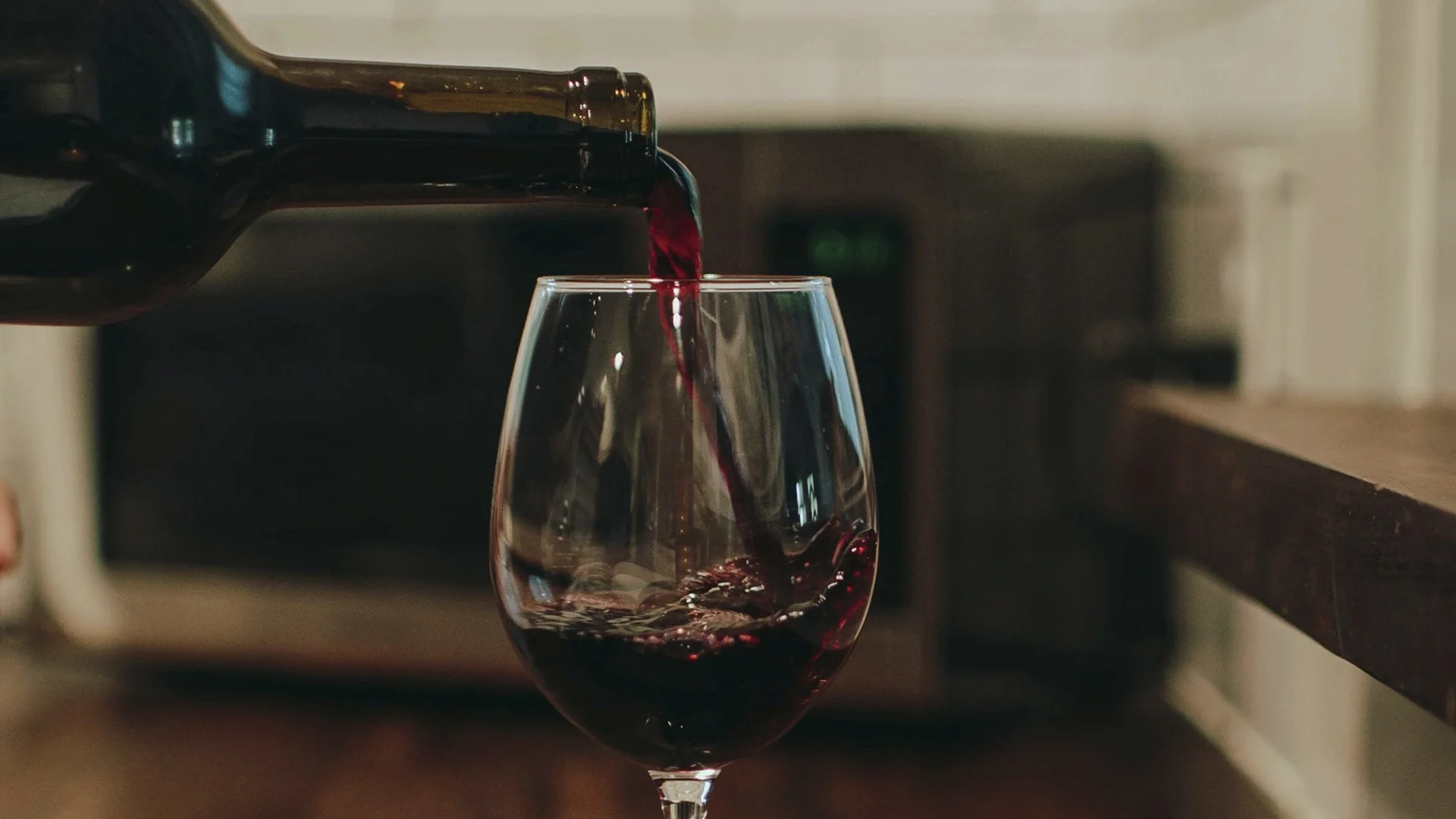


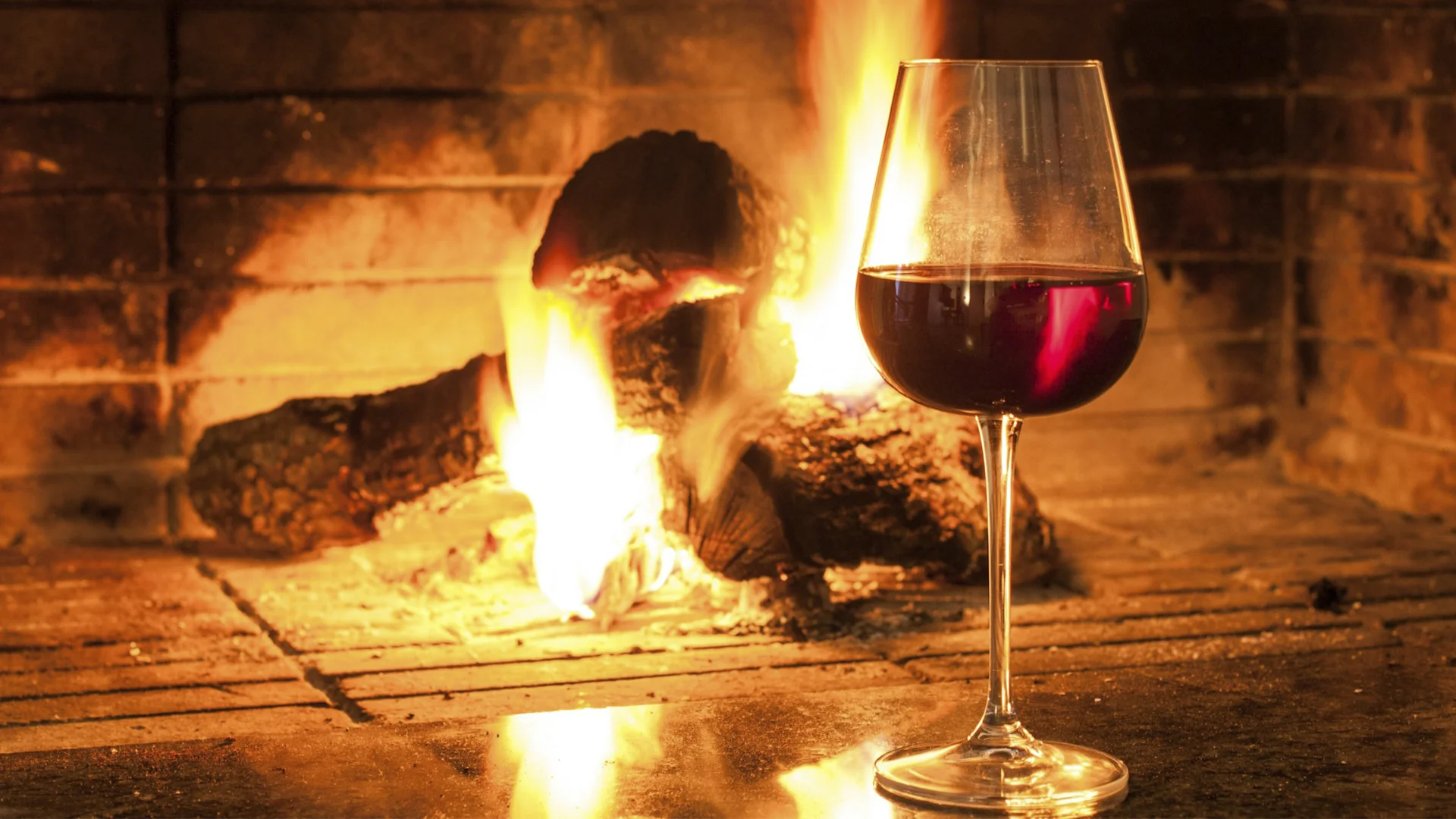



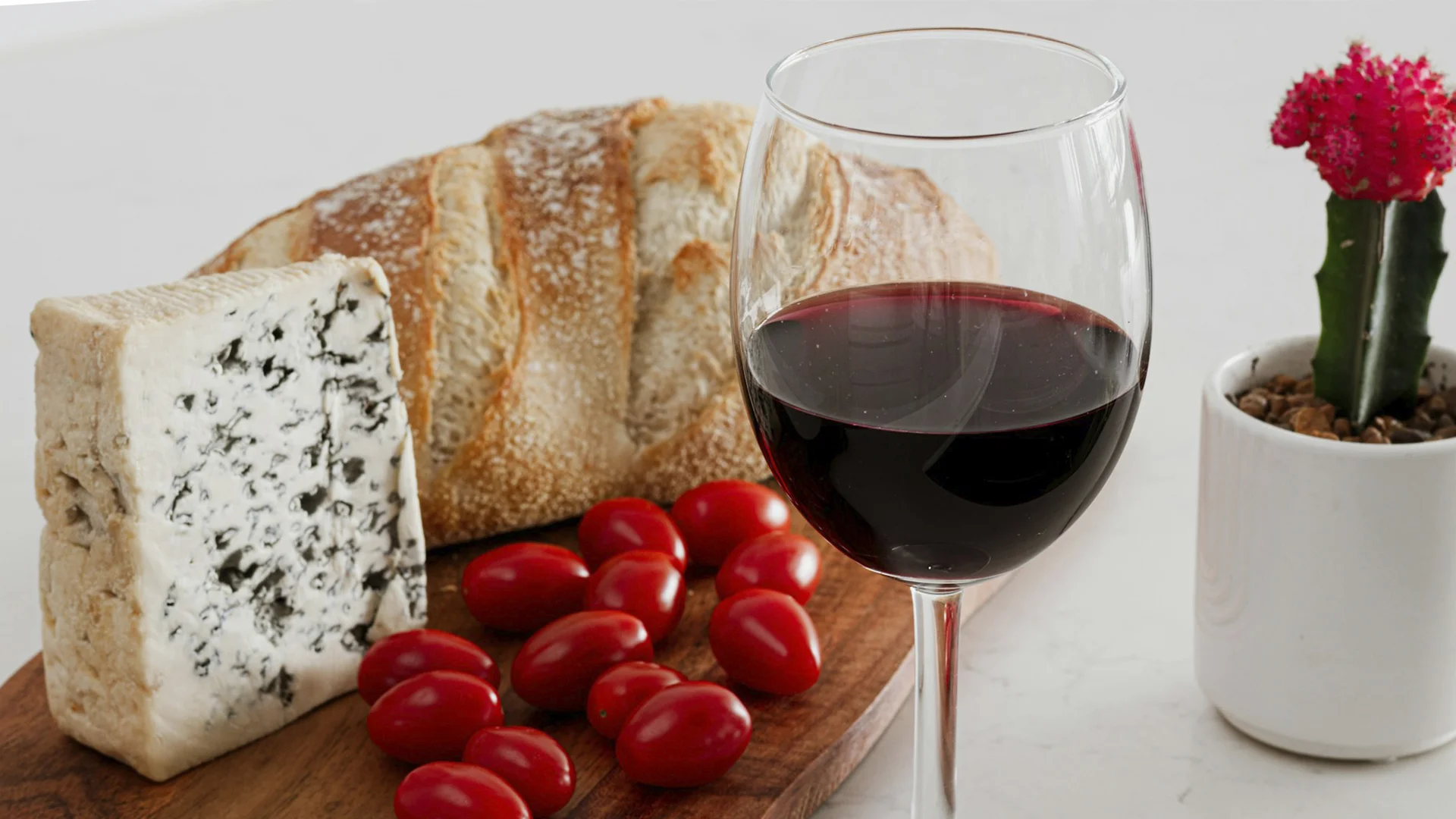

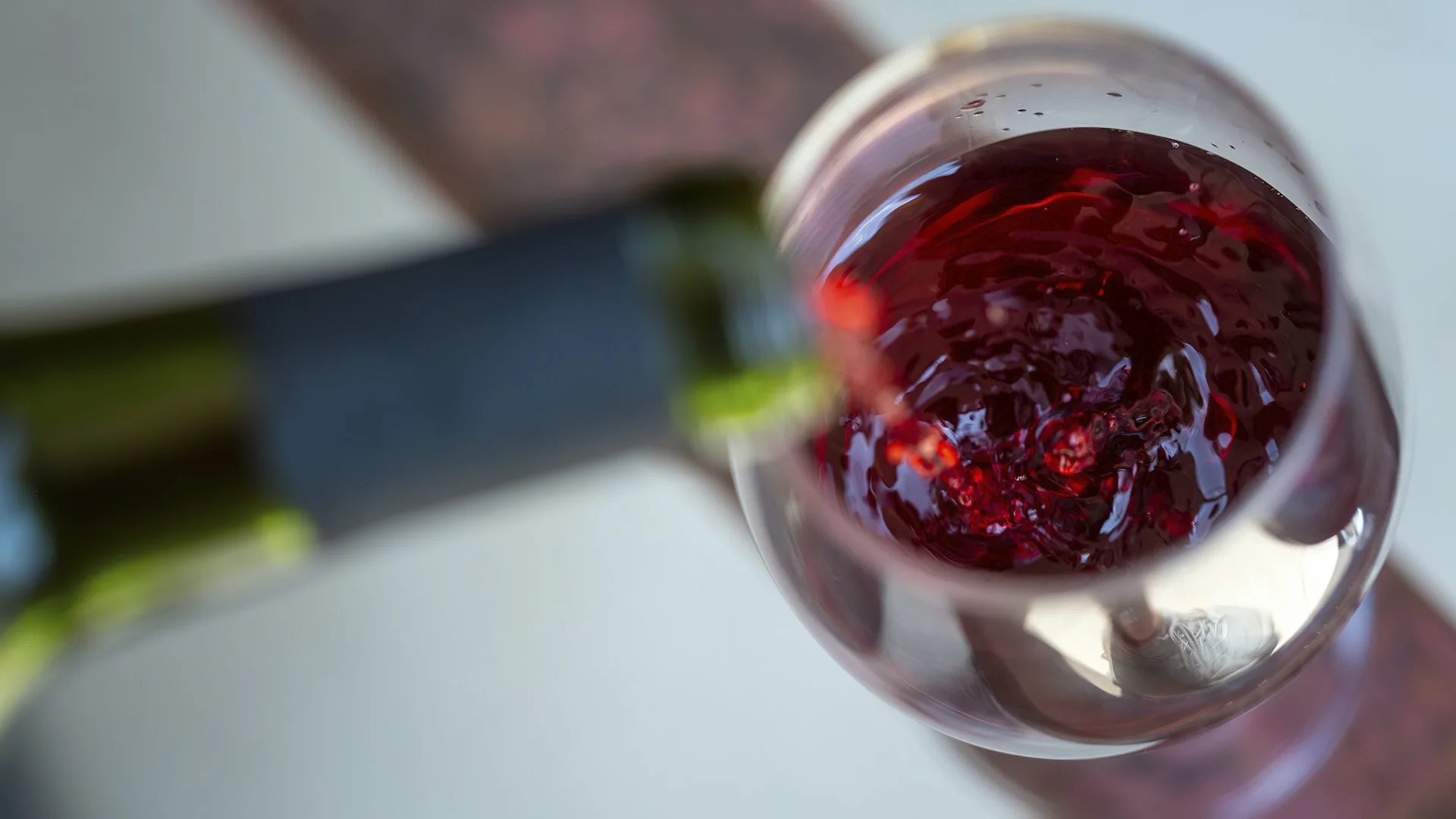




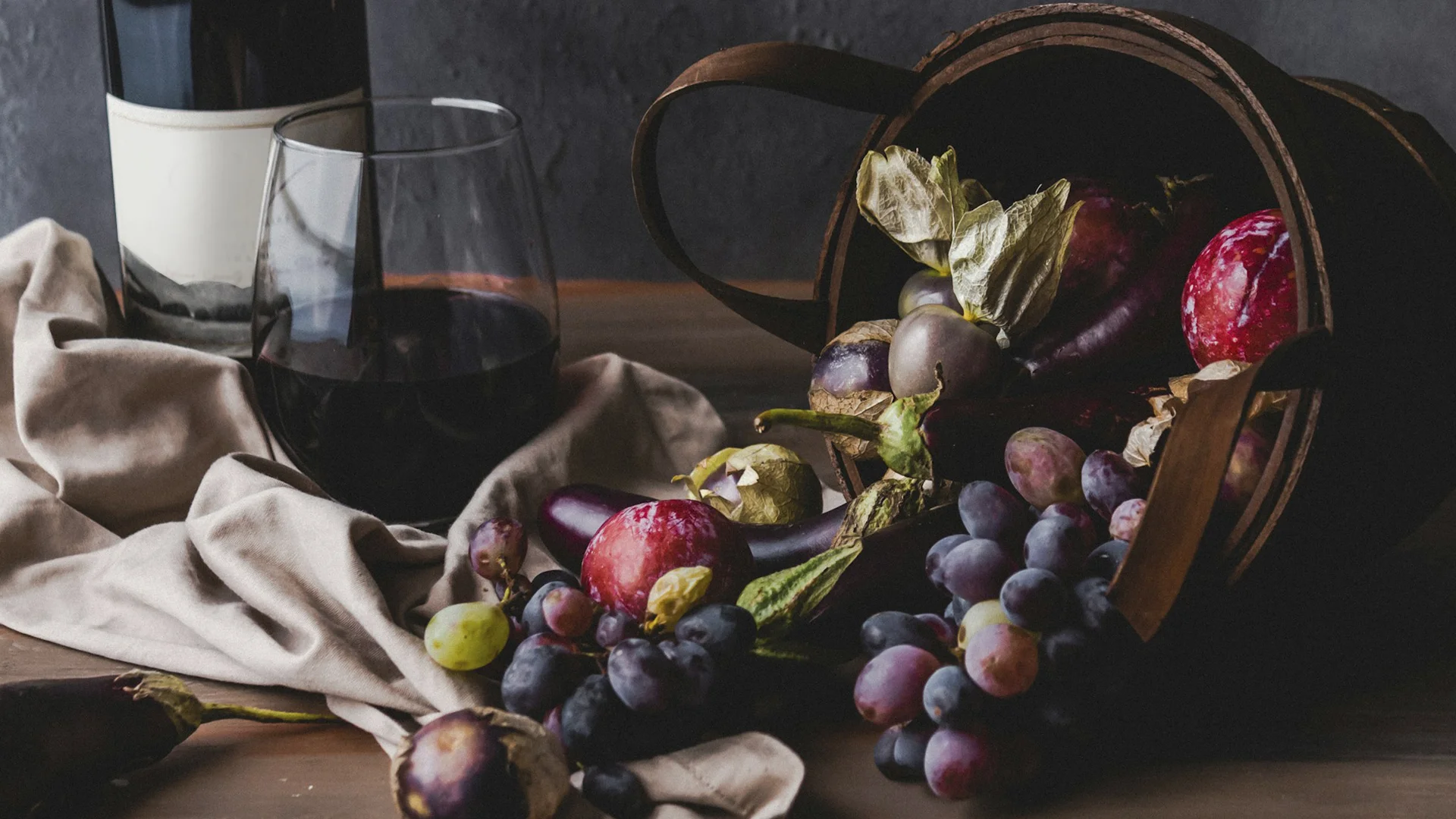
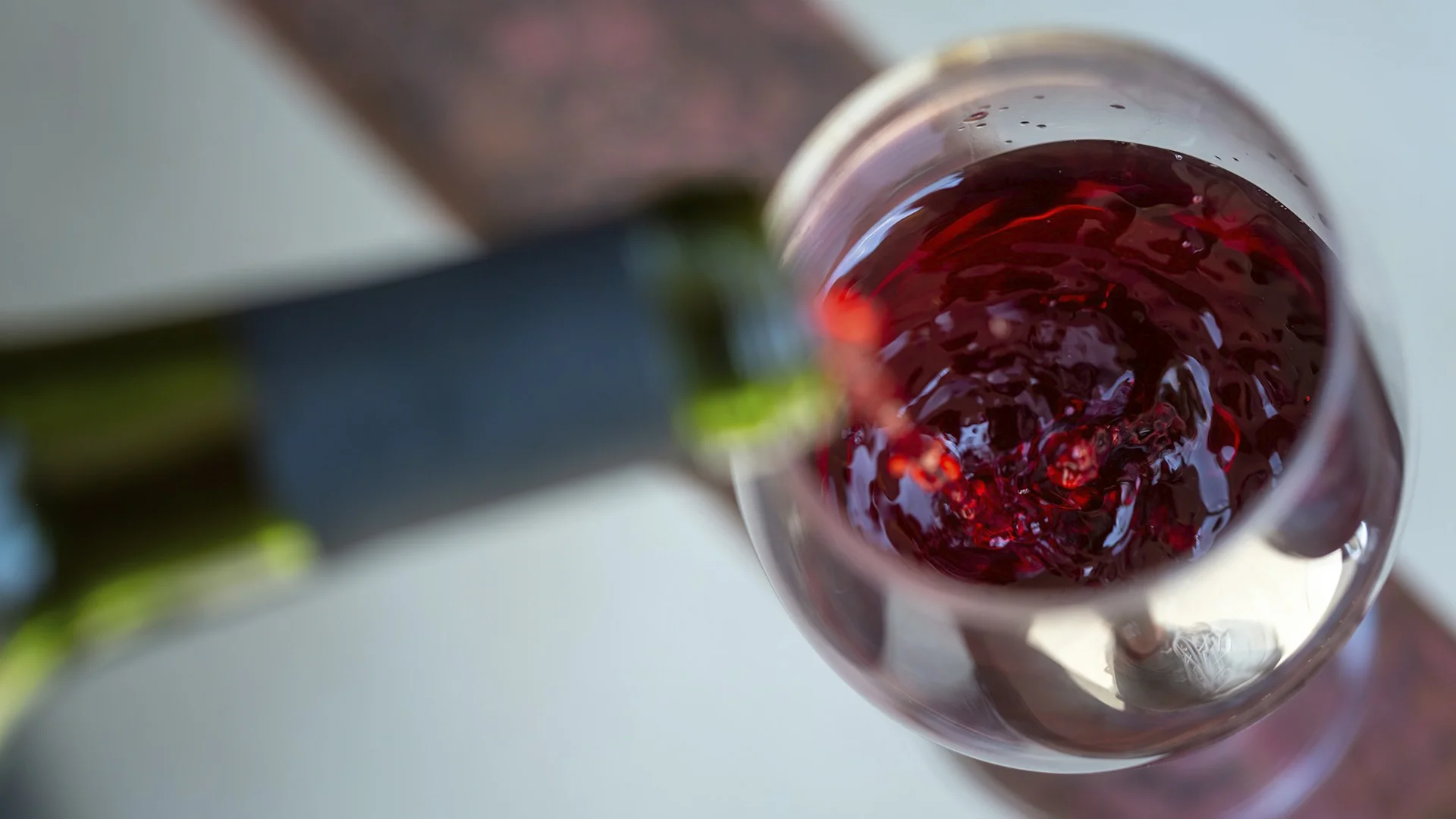







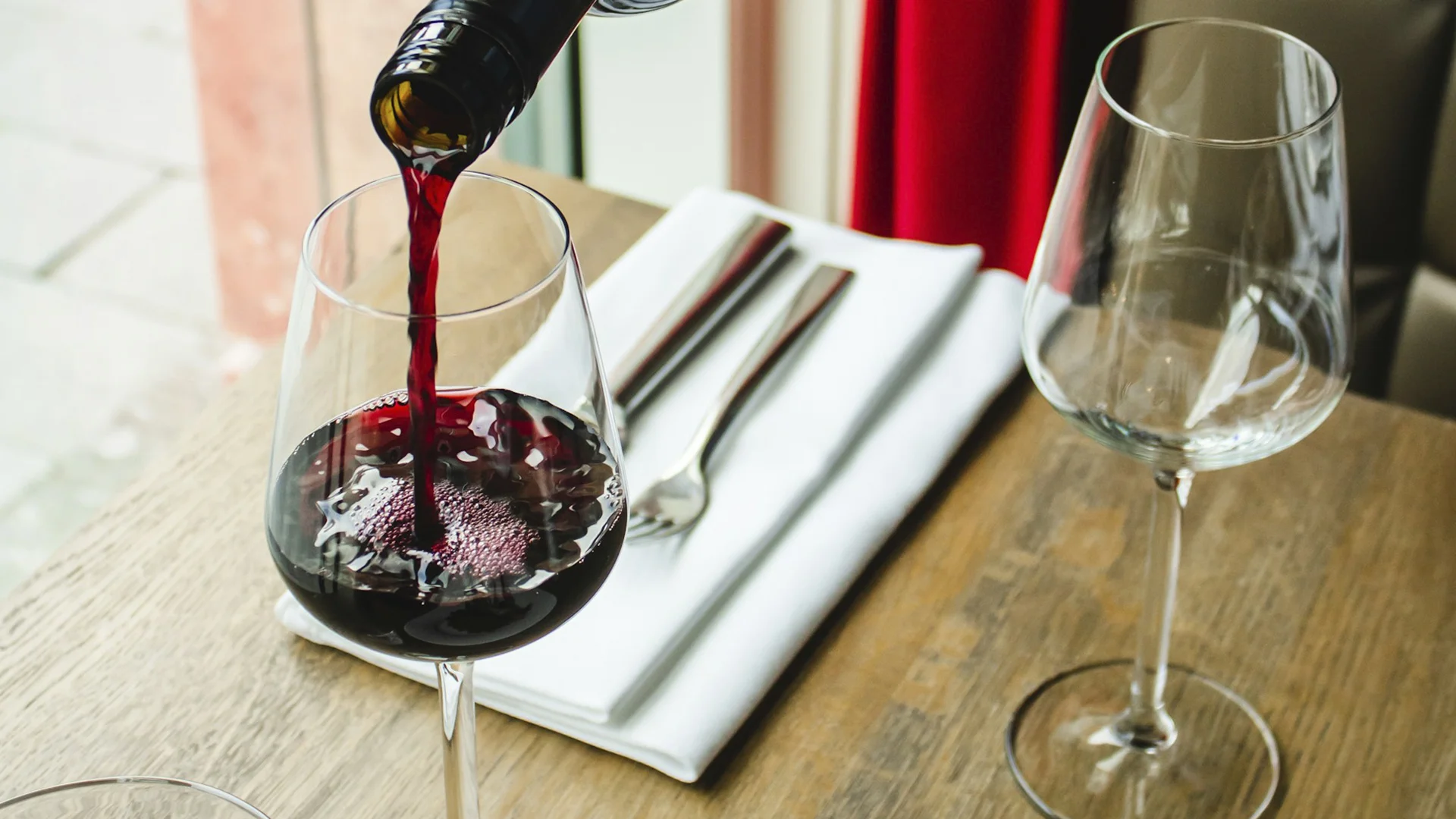












.webp)

.webp)
.webp)
.webp)



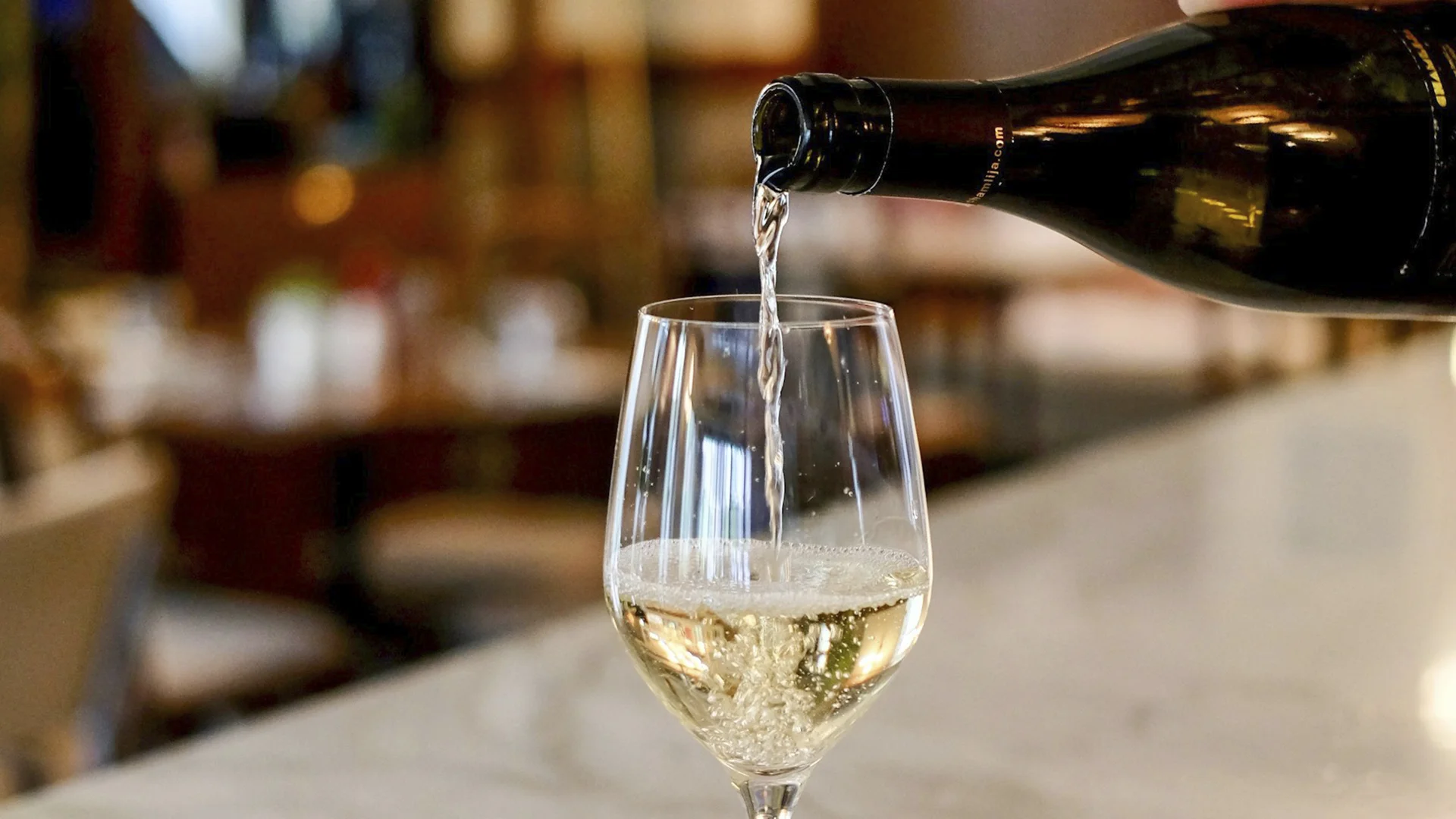


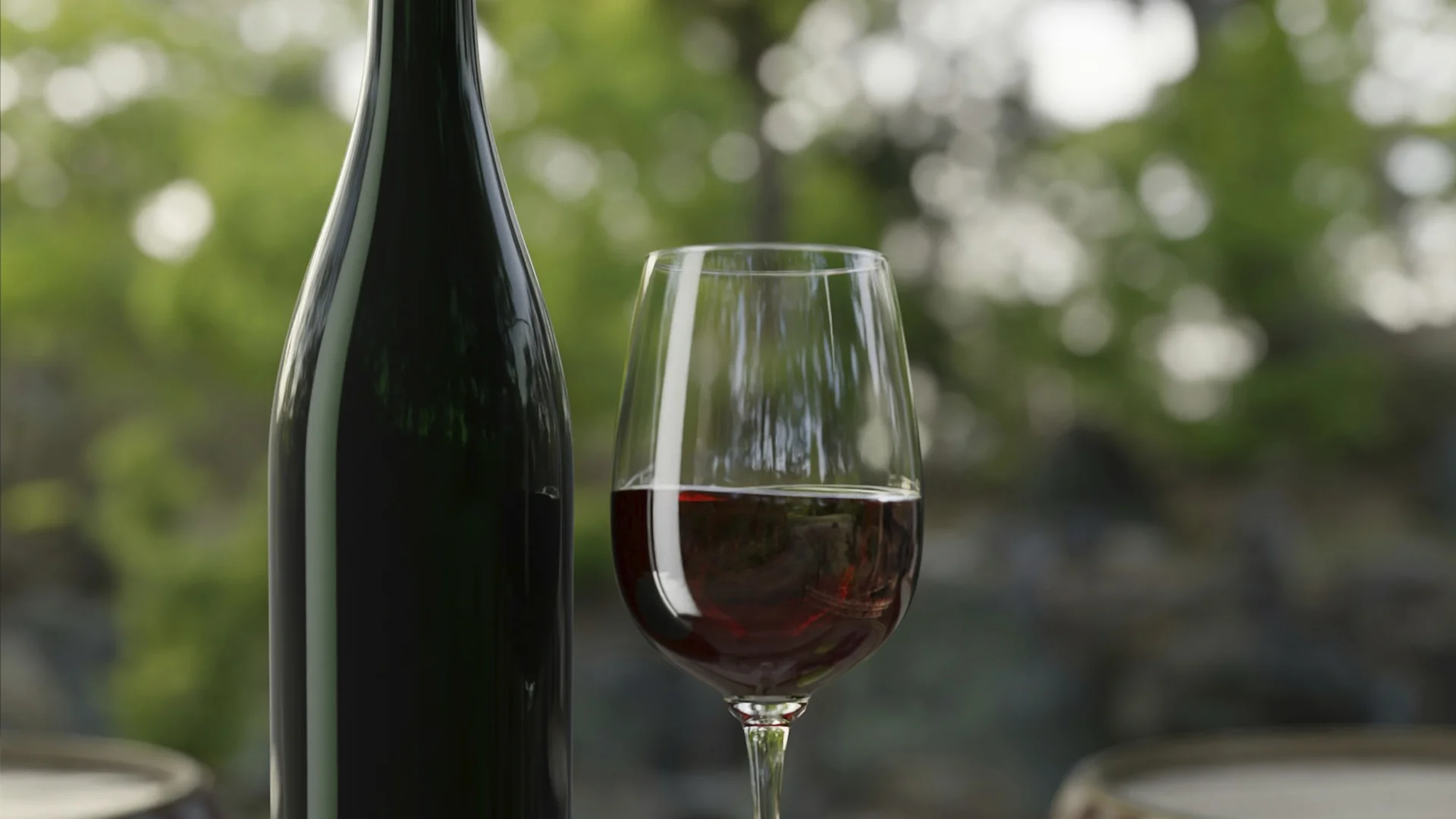



















.webp)













Are you interested in
collaborating with us?